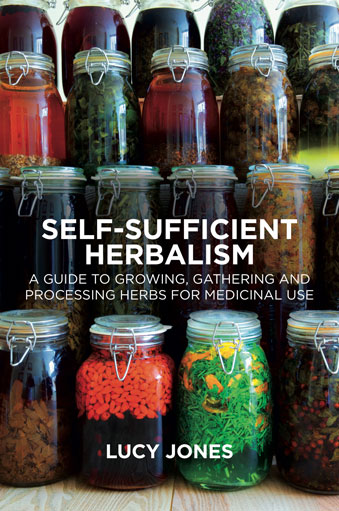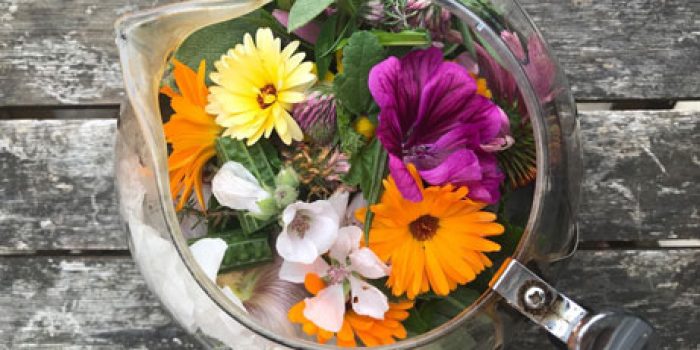Herbalist Lucy Jones leafs through 5 of the best antiviral herbs to boost wellbeing through lockdown and beyond.
Medicinal herbalist and grower Lucy Jones believes in the powers of antiviral herbs and how they can play a positive role in helping to maintain our wellbeing in lockdown and beyond.
“Herbal medicine has a very long track record in supporting the immune system and helping patients to recover from respiratory infections,” she says.
Jones, author of a new book Self-Sufficient Herbalism, recommends five top antiviral herbs to consider and shares her growing tips for each.
Remember, do talk to your doctor before changing your diet. Some conditions that mean therapeutic doses of a particular herb should be avoided are highlighted below, but do make sure this is safe for you.
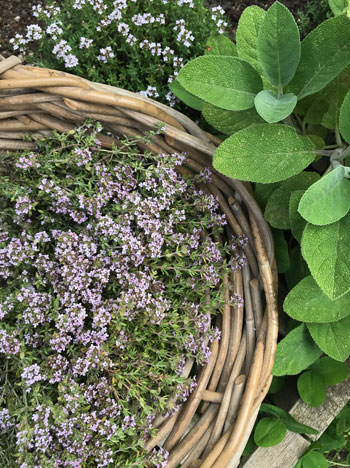
1. Thyme (Thymus vulgaris)
“I find it very helpful for patients with various different respiratory weaknesses as well as being wonderful for acute coughs and colds.
“Drinking a cup of thyme infusion daily is a great way to strengthen the lungs and support the immune system. Simply use a couple of sprigs of fresh herb per cup and pour on boiling water, cover the cup and leave it to steep for at least 10 minutes until it’s quite strong.”
Growing tips: Thyme is a hardy perennial which thrives in full sun and well drained poor to moderately fertile soil. Plants should be spaced 25cm (10in) apart. Plant in a sheltered place and cut back after flowering to prevent plants from becoming leggy.
Harvesting: “I like to take a small harvest before the plants flower, and then take a second harvest once they’re in flower. Leave the plants enough green growth so that they can recover their strength after harvesting.”
Caution: Avoid therapeutic doses if you’re pregnant.

2. Nasturtium (Tropaeolum majus)
“I grow nasturtiums in my herb garden and dry the leaves each year to use in herbal tinctures and infusions during the winter months,” she says. When the plant is crushed or chewed, peppery, mustard-like compounds clear the sinuses as well as directly fighting respiratory infections.
“You can make nasturtium vinegar by picking one cup of nasturtium flowers and putting them in a bottle with a peeled garlic clove and a few black peppercorns. Pour over 500ml cider vinegar and ensure that all the herb material is covered by the liquid. Leave for four weeks in a cool dark place and then strain and bottle. A teaspoon of this vinegar twice a day will give you a daily dose of antiviral goodness and help ease catarrh if you’re prone to it.”
Growing tips: Nasturtium is a half hardy annual which enjoys full sun to partial shade and a rich moist soil. Grow from seed in situ once the danger of frost has passed or start seedlings off indoors and plant out later after hardening off. They will ramble about and self-seed exuberantly.
Harvesting: “Harvest when there’s a high proportion of flowers on the plants. As I intend to dry my nasturtium crop, I cut individual leaves and flowers without the fleshy stalks attached.”
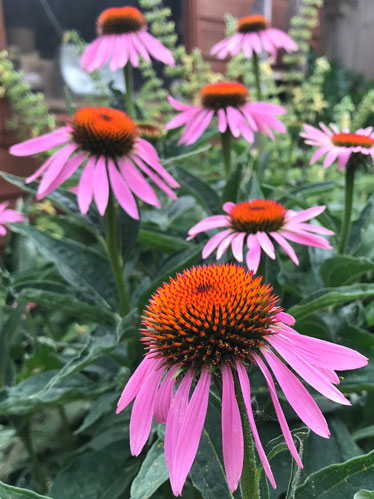
3. Echinacea (Echinacea purpurea, E. angustifolia and E. pallida)
Echinacea is a medicine known and used for generations by native Americans. Initially it was used mostly for rheumatism and snake bites.
“I use echinacea tincture for people experiencing active infections, including upper respiratory infections and infected wounds such as dog bites.
“The root is the most effective part of the plant, so if you have a large clump of echinacea now may be the time to divide it and take a harvest of the roots. Wash them and cut them into matchstick shapes of even thickness and dry them on a tray in a cool, dark, airy place.
“You can make your own echinacea tincture by putting the dried root into a small jar and covering it with the strongest vodka you can get hold of, preferably at least 60% proof. Leave your jar in the dark for a couple of weeks and then strain and bottle. Take 1-3 teaspoons per day in a little hot water at the first sign of an infection.”
Growing tips: “This hardy perennial prefers full sun and fertile free draining soil. Plants should be spaced 30-45cm (12-18in) apart.”
Harvesting: “Dig the roots of third or fourth-year plants in autumn. Wash the roots thoroughly and cut into matchstick shaped pieces for drying. Alternatively harvest fresh flowers to add to your teapot during the flowering season.”
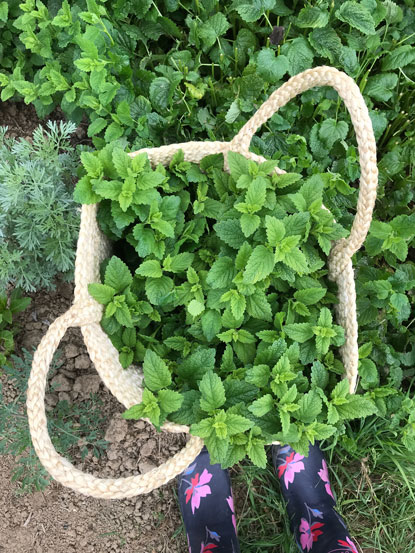
4. Lemon balm (Melissa officinalis)
“Research has shown that lemon balm is good for fighting the herpes family of viruses. It’s a great home remedy to relieve cold sores, chickenpox, shingles and mononucleosis. It has a track record of reducing the unpleasant symptoms associated with the early onset of influenza.
“To make a tea from it, pick a sprig of fresh herb and place it into a cup, add boiling water and leave it covered to infuse for 10 minutes before drinking.”
Growing tips: “This hardy perennial likes a moist, rich soil in full sun to partial shade. After flowering, cut the dead stalks down and remove them.
Harvesting: For tea, harvest early on in the season while the stems are still soft and there’s a mass of foliage. Cut stems about 15cm (6in) from the base, or above the lower faded leaves.
Caution: Avoid therapeutic doses if you have an underactive thyroid.
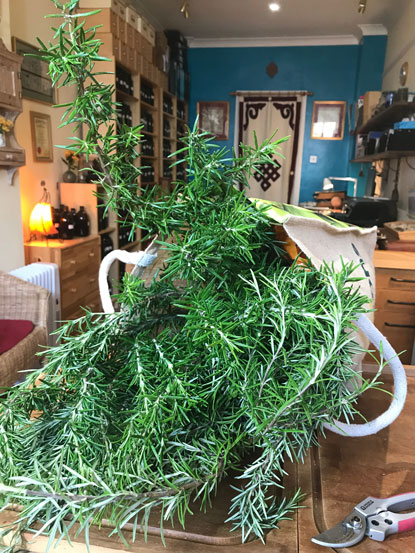
5. Rosemary (Salvia rosmarinus, formerly Rosmarinus officinalis)
“As well as being associated with youthfulness and improved memory, rosemary has significant antiviral properties. Among its many constituents, it contains oleanolic acid which has displayed antiviral activity against influenza viruses, along with herpes viruses and HIV in test tube studies.
“Rosemary is also considered to be an excellent herb for recovery after a debilitating viral infection. It gently supports the digestion and the circulatory system, whilst relieving tension and lifting the spirits.
“It’s one of the herbs that I always include in my daily pot of ‘garden tea’, not just because it tastes so good but because it has so many health benefits.”
Growing tips: “Rosemary is an evergreen shrub which prefers full sun and a sandy, dry soil. Plants should be spaced 60-90cm (24-36in) apart.
Harvesting: Combine harvesting with necessary pruning of established plants. Cut stems with secateurs and be conscious of maintaining a good shape to the shrub. Cut individual springs as required for teas.
Caution: Avoid if you have epilepsy.
